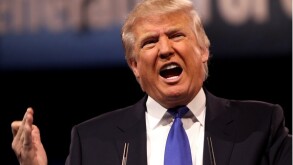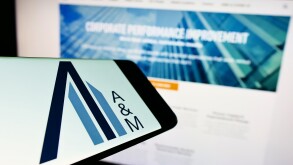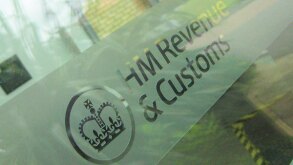At an executive meeting of China's State Council on April 25 2018, Premier Li Keqiang outlined seven further tax reduction measures, this time relating to the corporate income tax (CIT) treatment of innovation activities.
Under China's research and development (R&D) super deduction incentive, a 150% deduction (i.e. a 50% bonus deduction) is available for eligible R&D expenses. This rises to 175% for science and technology small and medium enterprises (SMEs). However, under rules issued in 2015, Chinese enterprises outsourcing research work to domestic service providers have faced an 80% deduction cap, which applies to both the expense itself and the super deduction bonus (i.e. a payment of RMB 100 ($16), which would otherwise bring with it an RMB 50 bonus deduction, delivers a tax deduction of just RMB 120 following the application of the 80% cap). For payments to overseas service providers, while no 80% cap was applied, the super deduction bonus was denied. Under a new rule change, the disallowance of the super deduction bonus for payments to overseas service providers is abolished. As the 80% cap for payments to domestic service providers is still in place, this could mean that payments to overseas service providers will deliver a greater tax deduction. However, it remains to be seen if this cap might, in practice, be extended to payments to overseas service providers, as well. The new treatment is retroactively effective from January 1 2018, with detailed rules to follow.
China applies a general restriction of a five-year carry-forward period to tax losses. This will now be extended to 10 years for high and new technology enterprises (HNTEs) and science and technology SMEs. This recognises the fact that such enterprises may encounter several years of losses before a new innovation becomes profitable. The new treatment is retroactively effective from January 1 2018, with detailed rules to follow.
China applies a limitation to tax deductions for staff education expenses. The limit is set at 2.5% of the enterprise's salary bill, though a special 8% ceiling has applied for some time to advanced technology services enterprises (ATSEs) and HNTEs. The 8% limitation is now being expanded to all enterprises nationwide. The new treatment is retroactively effective from January 1 2018, with detailed rules to follow.
In addition to these new tax preferences for enterprise innovation, the government is also looking to foster the greater use of private pensions through individual income tax (IIT) regime changes. Private pensions are treated as the third of three pillars in China's pension insurance system. The mandatory first pillar is government schemes funded with social security contributions, and the second pillar is a voluntary or supplementary pension benefit called the enterprise annuity. In light of China's ageing population, the government has concluded that the third pillar needs to be bolstered further.
To this end, China is putting in place an exemption-exemption-taxation (EET) system of the sort in use in many other countries, such as the US's 401K regime. This is being piloted in Shanghai, Fujian and Suzhou Industrial Park from May 1 2018, and applies to so-called voluntary commercial endowment plans, a form of private retirement plan, as follows:
Contributions to an eligible commercial endowment insurance plan, deposited in an individual retirement account (IRA), are allowed to be deducted for IIT purposes;
Investment gains generated by the funds in the IRA are treated as tax exempt; and
IIT applies when the amounts in the IRA are withdrawn at retirement.
While the pilot programme is initially just in place for one year, where the government is satisfied with how the reform has proceeded, it may subsequently look to roll this programme out to the whole country.

|

|
Khoonming Ho |
Lewis Lu |
Khoonming Ho (khoonming.ho@kpmg.com) and Lewis Lu (lewis.lu@kpmg.com)
KPMG China
Tel: +86 (10) 8508 7082 and +86 (21) 2212 3421
Website: www.kpmg.com/cn













